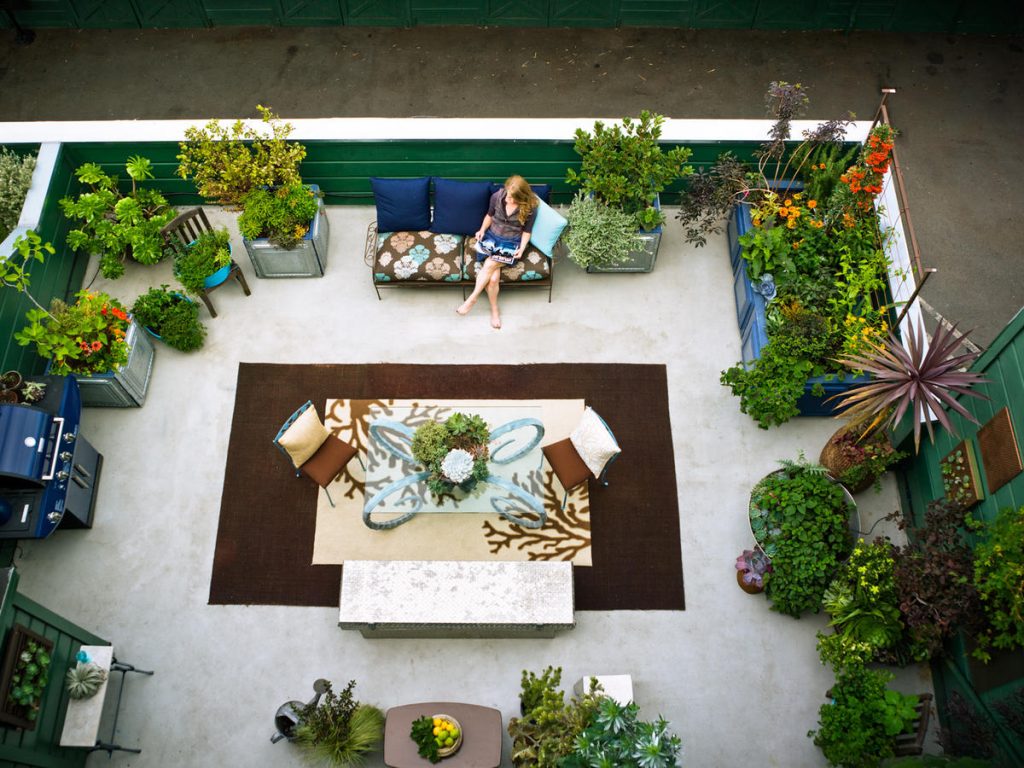
Creating an Oasis: The Art of Garden Design and Transformation
In the hustle and bustle of modern life, having a tranquil and beautiful outdoor space to retreat to is a dream for many. A well-designed garden can be your personal oasis, a place where you can escape the stresses of the world and reconnect with nature. It is a canvas waiting to be transformed into a harmonious and inspiring sanctuary. This article will guide you through the art of garden design and show you how to create your own oasis.
- Define Your Vision: Before embarking on your garden design journey, take some time to envision what you want to achieve. Consider the style, atmosphere, and purpose of your garden. Do you prefer a formal or informal design? Are you looking for a space to entertain guests or a peaceful retreat for relaxation? Define your vision and use it as a guiding principle throughout the design process.
- Assess Your Space: Next, assess your garden space and understand its unique characteristics. Consider the size, layout, and existing features such as trees, shrubs, and structures. Take note of the sunlight patterns, soil conditions, and any potential challenges or opportunities that may arise. This assessment will help you make informed decisions during the design phase.
- Design Elements: Garden design is a creative process that involves carefully selecting and arranging various elements to achieve a cohesive and harmonious look. Consider incorporating the following design elements:
- Plants: Choose a mix of trees, shrubs, flowers, and foliage that complement your vision. Consider their growth habits, colors, textures, and seasonal interest.
- Hardscape: Integrate hardscape elements such as paths, patios, decks, and seating areas to add structure and functionality to your garden.
- Water Features: Consider adding a soothing water feature such as a fountain, pond, or waterfall to create a sense of serenity and enhance the overall ambiance.
- Lighting: Incorporate strategic lighting to highlight key features, extend the usability of your garden into the evening, and create a magical atmosphere.
- Sustainable Practices: In today’s world, sustainable garden design is becoming increasingly important. Consider using native plants that are adapted to your local climate and require less water and maintenance. Implement water-saving techniques such as rainwater harvesting and drip irrigation. Incorporate composting and recycling practices to minimize waste. By embracing sustainable practices, you can create a garden that is not only beautiful but also environmentally friendly.
- Maintenance and Evolution: Remember that a garden is a living entity that requires regular maintenance and care. Plan for ongoing maintenance tasks such as pruning, weeding, and fertilizing. Allow your garden to evolve over time by introducing new plants, experimenting with different design elements, and adapting to changing needs and preferences.
By following these guidelines, you can embark on a transformative journey to create an oasis in your own backyard. A well-designed garden will not only enhance the aesthetic appeal of your home but also provide a place of solace and inspiration for you and your loved ones.
For more tips and inspiration on garden design, feel free to reach out to me at [email protected]. Let’s embark on this journey together and create a stunning oasis that reflects your unique style and personality.